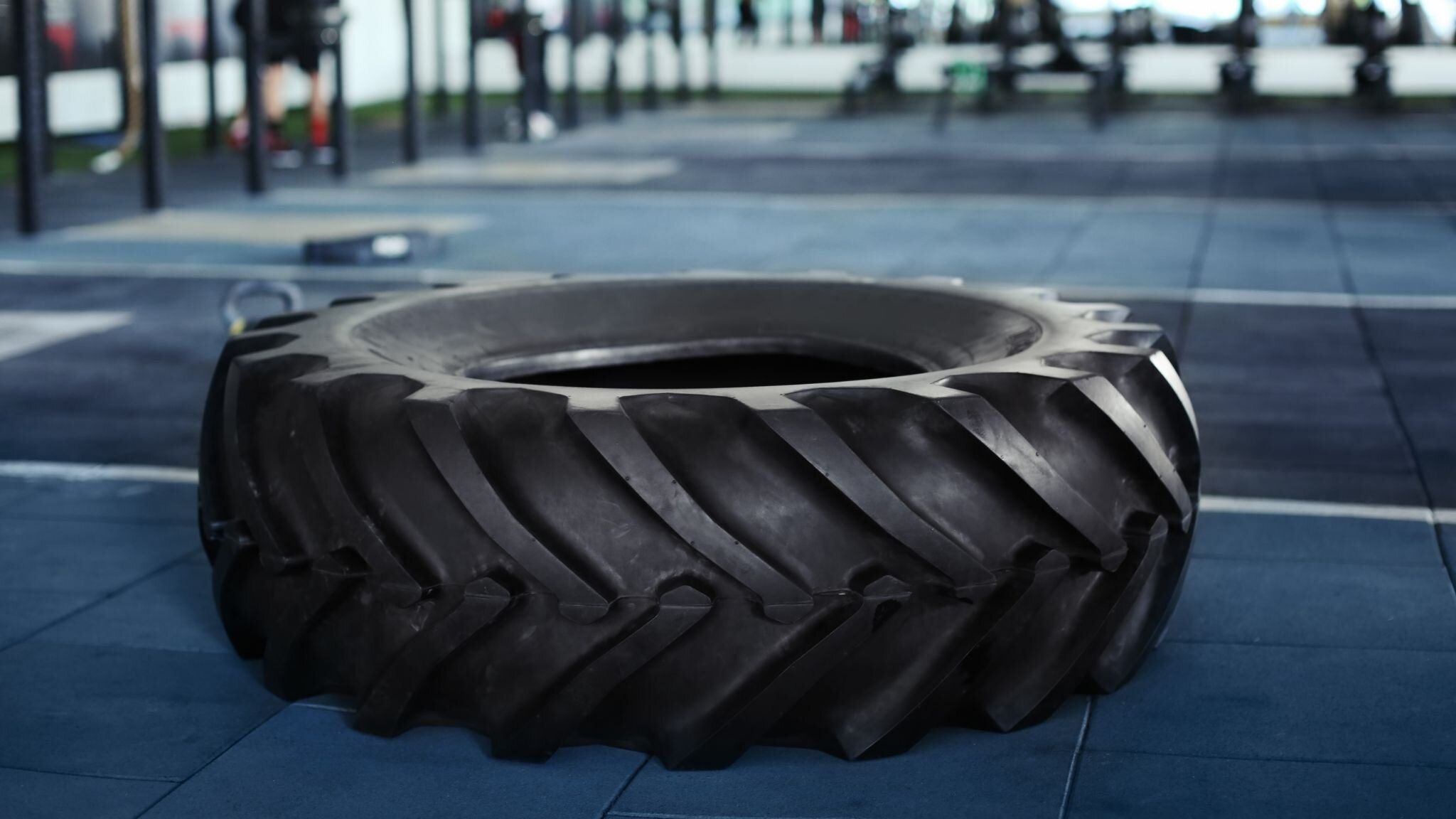Moderate Intensity Training vs. High Intensity Training. Which is Better?
Is high-intensity exercise better than moderate-intensity exercise for weight loss?
Comparing both modalities, high-intensity interval training (HiiT) vs. moderate intensity (MiT), subjects who participated in MiT had better weight loss results due to the fact that during low to moderate intensity training, there is a more significant fat loss outcome (Bellicha et al., 2021, p10). Not only that, according to Menz al. (2019, p. 498), people who chose MiT had more remarkable training adaptations with less demanding activities. Injury is another factor when considering Hiit vs. MiT says Klika and Jordan (2013, p.10). The overweight and obese population will most likely benefit from a less demanding type of exercise due to higher demands in HiiT stated by Klika and Jordan (2013, p.9). Also, there is an interesting fact regarding HiiT that was emphasized by Bellicha et al. they said that people might lose interest quickly during high demands protocols in HiiT (2021).
What are the risks and benefits of HiiT? Do the benefits of HiiT outweigh the risks?
Since HiiT has greater demands in performance than MiT there is likely a chance to get injured (Klika and Jordan, 2013). The injury could be due to higher intensity where there is more concentration on the exercise rather than on keeping a proper form. Therefore, if we look at the benefits of HiiT versus the risk, it all depends on the approach. For the overweight and obese population, when starting any physical activity, HiiT might have a risk factor. However, in the Bellicha et al. (2021) study, the research team concluded that HiiT could be a game-changer for people who want to lose weight rapidly. Still, trainers must have a shallow approach to avoid unnecessary injuries.
Who is the ideal candidate for HiiT?
I always try to approach physical training by asking, “want are you trying to achieve? In my practice, the nutrition goal will always be number one. However, physical activities are also non-less important. I am working with martial art fighters, wrestlers, and grapplers, who are already in their prime. My particular job with them is primarily nutritional support that they need to sustain high-intensity training. A study by Behm et al. briefly discusses the importance of nutritional support for high demanding activities, which plays a vital role in preventing injuries (2017). So, the ideal candidate for HiiT would be experienced athletes that need explosiveness. Also, these athletes can sustain a proper form and do know their breaking point.
An Intervention
A systematic review by Eddolls et al. (2017) discusses the intervention and the effectiveness of high-intensity training methods that may prevent cardiovascular disease (CVD) in children and adolescents. They looked at the “…running-based sessions, at an intensity of > 90% heart rate maximum/100–130% maximal aerobic velocity two to three times a week…” (Eddolls et al., 2017, p.2363). This type of intervention showed the most significant improvements in CV health in adolescents. They have concluded that HiiT improves CVD biomarkers which supports the effectiveness of high-intensity training.
written by Dmitriy Chernov, doctorate student, studies in kinesiology.
References:
Eddolls, W., McNarry, M. A., Stratton, G., Winn, C., & Mackintosh, K. A. (2017). High-Intensity Interval Training Interventions in Children and Adolescents: A Systematic Review. Sports medicine (Auckland, N.Z.), 47(11), 2363–2374. https://doi.org/10.1007/s40279-017-0753-8
Behm, D. G., Young, J. D., Whitten, J., Reid, J. C., Quigley, P. J., Low, J., Li, Y., Lima, C. D., Hodgson, D. D., Chaouachi, A., Prieske, O., & Granacher, U. (2017). Effectiveness of Traditional Strength vs. Power Training on Muscle Strength, Power and Speed with Youth: A Systematic Review and Meta-Analysis. Frontiers in physiology, 8, 423. https://doi.org/10.3389/fphys.2017.00423
Bellicha, A., van Baak, M. A., Battista, F., Beaulieu, K., Blundell, J. E., Busetto, L., Carraça, E. V., Dicker, D., Encantado, J., Ermolao, A., Farpour-Lambert, N., Pramono, A., Woodward, E., & Oppert, J. M. (2021). Effect of exercise training on weight loss, body composition changes, and weight maintenance in adults with overweight or obesity: An overview of 12 systematic reviews and 149 studies. Obesity reviews : an official journal of the International Association for the Study of Obesity, 22 Suppl 4(Suppl 4), e13256. https://doi.org/10.1111/obr.13256
Klika, Brett C.S.C.S., B.S.; Jordan, Chris M.S., C.S.C.S., NSCA-CPT, ACSM HFS/APT HIGH-INTENSITY CIRCUIT TRAINING USING BODY WEIGHT, ACSM’s Health & Fitness Journal: May/June 2013 - Volume 17 - Issue 3 - p 8-13 doi: 10.1249/FIT.0b013e31828cb1e8
Menz, V., Marterer, N., Amin, S. B., Faulhaber, M., Hansen, A. B., & Lawley, J. S. (2019). Functional Vs. Running Low-Volume High-Intensity Interval Training: Effects on VO2max and Muscular Endurance. Journal of Sports Science & Medicine, 18(3), 497–504
